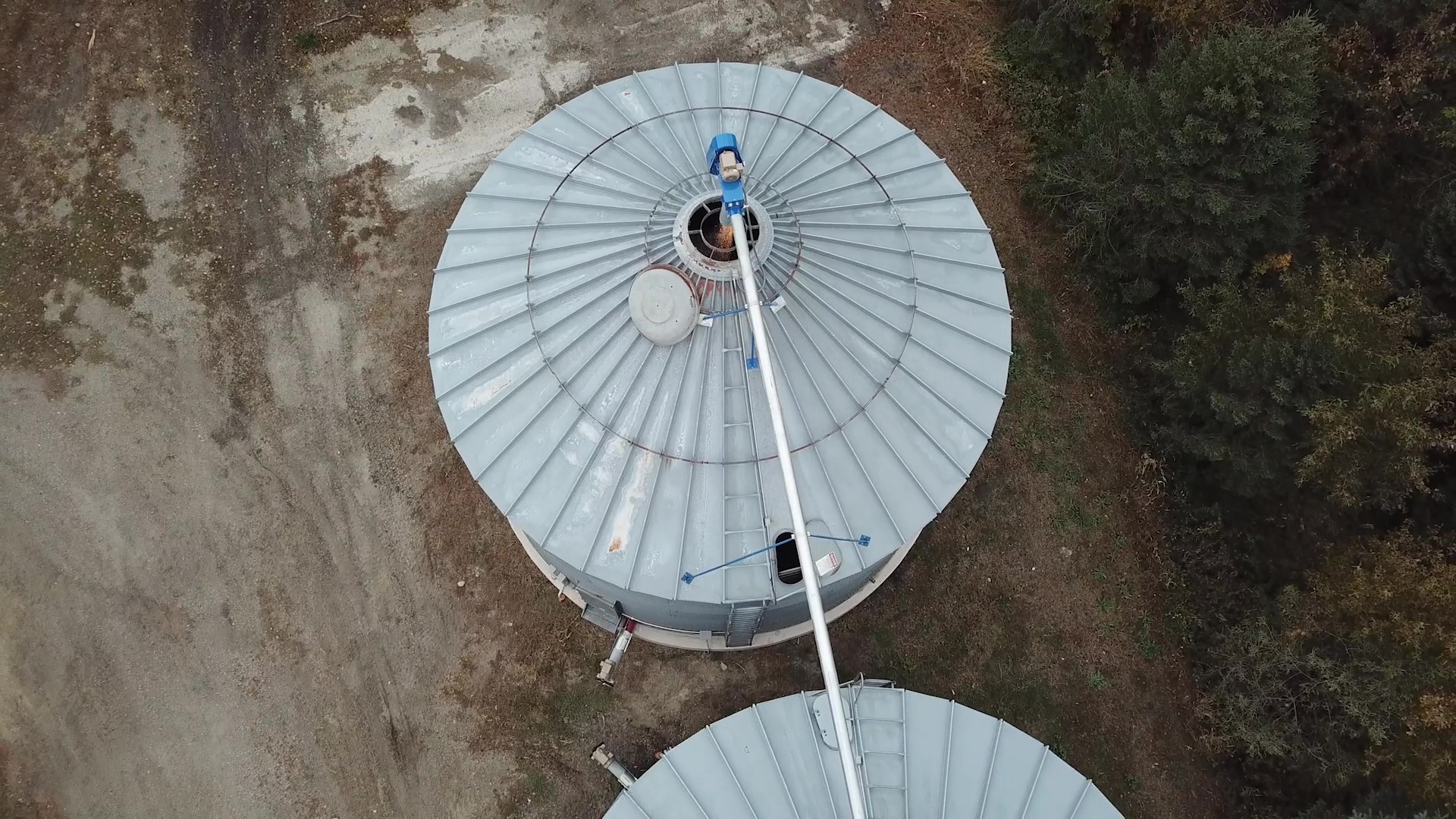Simple. Farmers choose Shivvers because our grain drying systems let you focus on harvest with:
- Our patented counter-flow drying technology
- Set-it-and-forget-it automated operation
- Multi-crop and surge drying capabilities
- Remote drying and storage management controls
- Integration with new or existing bins
A Shivvers Complete Performance System means less babysitting, fewer operating costs, higher test weights and more money that stays in your pocket.

Automated Drying Through Set-It-and-Forget-It Technology
Shivvers defines “no babysitting” as precise, automated control, achieved through our computerized Command Center control units. The Command Center monitors the entire process, taking periodic readings and adjusting the plenum heat to prevent over drying. Once grain reaches your desired moisture content, it’s automatically transferred to storage bins. Any grain that hasn’t reached the right moisture content yet will be suspended in the drying zone until those conditions are met.
What does this mean for you?
It means having enough surge capacity for the dryer to run 24 hours a day, 7 days a week.
It means you can concentrate on harvest with the peace of mind that your command center has your grain drying operation under (automatic) control.
Unmatched Drying Efficiency
Generating heat costs money, making efficient drying a vital part of any grain operation. Shivvers’ Counter-Flow technology allows this heated air to penetrate deeper into the grain during the drying process, reaching anywhere from 36 to 96 inches vs. a conventional system’s 12 to 18 inches. This extra depth ensures the heat reaches further into your stored grain to maximize efficiency and minimize operating costs, by not exhausting any heated air before is reaches its maximum moisture-holding capabilities.
For example, a 48-foot drying tank with a Shivvers system will see an average of 5,792 to 8,688 bushels of grain dried before the heat is fully exhausted from the top of the bin. By utilizing larger grain depths, you get a more efficient use of heat and airflow with reduced operating costs.
And with your automated Command Center, over drying is avoided since the heat and transfer settings are automatically updated once your grain reaches the set moisture content. Over drying also contributes to a large amount of lost energy and decreased grain value. If the Command Center detects that over drying may occur, it automatically adjusts plenum temperatures to ensure proper moisture is reached.
What does this mean for you?
It means less energy waste, more grain quality and more money in your pocket.


Higher Retention Time = Higher Test Weights
Retention time is the duration of time that grain is held in a dryer or drying bin while trying to achieve both targeted moisture content and kernel quality. Every Shivvers Complete Performance System uses counter-flow drying to process the same amount of grain as other methods. But unlike other drying systems, Shivvers retains each kernel in the drying bin a bit longer. Not only does this achieve precise moisture content, but it also eliminates unnecessary stress on kernels and energy waste.
Because common cross-flow dryers process grain at depths averaging 12 to 18 inches, it could take anywhere from 30 minutes to 2 hours for grain to enter and exit the dryer. The grain is subjected to very high temperatures over a short amount of time, before being cooled just as quickly. This can result in more stress cracking.
A Shivvers system, on the other hand, averages 3 to 8 feet of grain depth. A single kernel can see 12 hours of drying before it is transferred out of the bin. Since a larger volume of grain is dried with the same amount of heat, each kernel is dried more slowly, and energy is more fully utilized.
And don’t forget; just because grain dries slower does not mean that the dryer is itself slower or has less capacity. It just means that more grain is in the dryer exposed to drying air for a longer period of time. Independent tests conducted at Michigan State University, Purdue University and Iowa State University confirm what we knew all along: counter-flow drying is superior.
What does this mean for you?
Dramatically higher test weights, with added profit thanks to less energy usage.
A Shivvers system, on the other hand, averages 3 to 8 feet of grain depth. A single kernel can see 12 hours of drying before it is transferred out of the bin. Since a larger volume of grain is dried with the same amount of heat, each kernel is dried more slowly, and energy is more fully utilized.
And don’t forget; just because grain dries slower does not mean that the dryer is itself slower or has less capacity. It just means that more grain is in the dryer exposed to drying air for a longer period of time. Independent tests conducted at Michigan State University, Purdue University and Iowa State University confirm what we knew all along: counter-flow drying is superior.
What does this mean for you?
Dramatically higher test weights, with added profit thanks to less energy usage.
Multi-Crop Drying Capabilities
Shivvers systems maintain their efficiency with specialty grains, delivering exceptional capacity at the lower 90º-160º temperatures commonly used. Combined with the precision control of your Shivvers command center, such drying efficiency allows operators to dry a wide range of specialty grains including:

